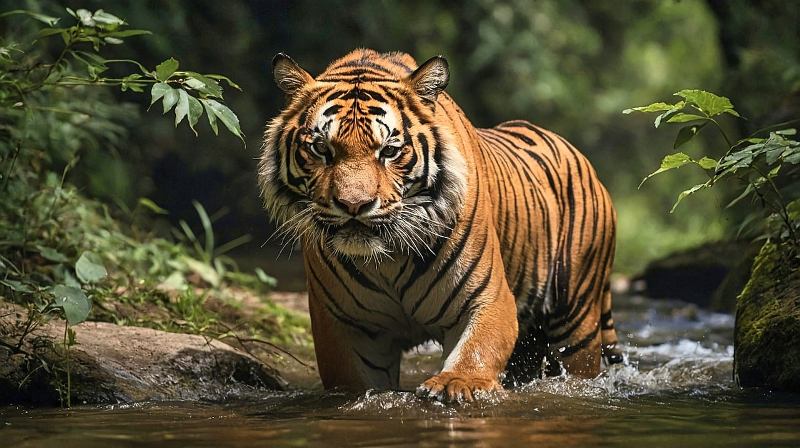Guwahati: Premier biodiversity conservation organisation Aaranyak‘s Wildlife Genetics Laboratory (WGL) stands as the sole facility in the Northeast to successfully utilize genetic technology for estimating the population of tigers through DNA analysis of scat samples.
A scientifically robust estimate of tiger population size is paramount for effective conservation management and serves as a key benchmark for measuring success in protecting India’s national animal.
As early as 2009, the WGL pioneered the use of single-session capture-recapture-based genetic population estimation for tigers in the Orang National Park and Tiger Reserve.
The process involves intensive field surveys to collect tiger scat (fecal) samples in its habitat and use these samples as a source of DNA for DNA fingerprinting-based identification of individual tigers in the area.
The laboratory has achieved remarkable success, conducting its work across eight different Protected Areas and Tiger Reserves in Eastern India, including significant contributions to the National Tiger Conservation Authority (NTCA).
The laboratory also published several research papers on tiger genetics work in highly reputed international scientific journals.
ALSO READ: Summer nature workshop in Guwahati introduces students to wildlife forensics
Beyond population estimation, the WGL is also the only authorized laboratory in Assam that offers services for forensic DNA investigation of wildlife crime cases related to tigers and other wildlife species.















